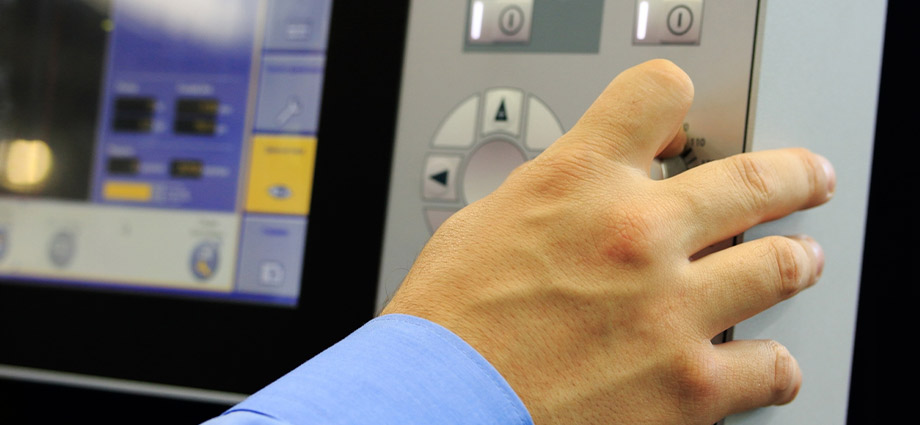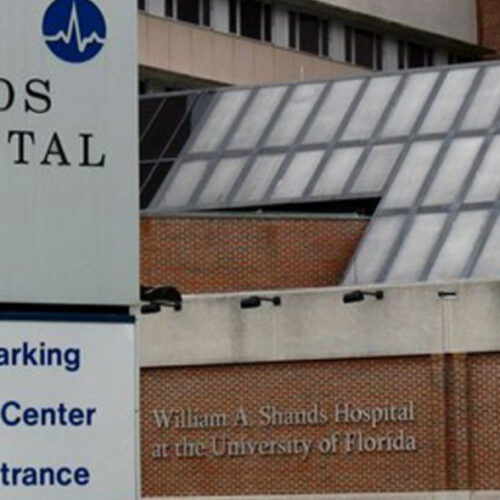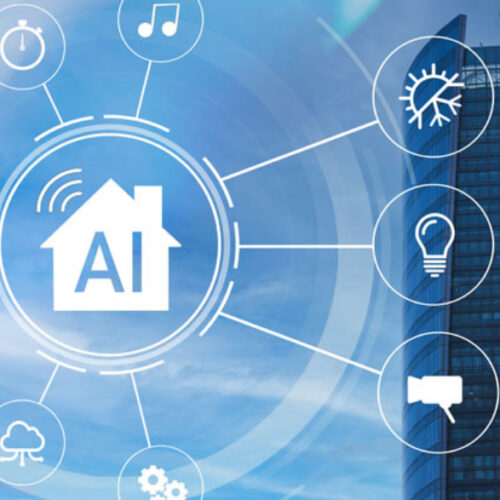
If you’re in the life and safety business, you’re also in the business of asking the hard questions so you can ensure the safety of your people, places, and high-value assets. Questions like, How can we be sure our detection devices are in full working order at all times? What can we do to prevent false alarms? How can we be certain we can quickly deploy help in the event of a real emergency?
Perhaps the biggest question of all is this: Are we adequately protected? While we can’t answer these questions for you, as global safety leaders, we can empower you to figure it out for yourself, using these three questions.
Question 1: Do we have real-time visibility in our system, including device status?
When it comes to fire alarms and other emergencies, every second counts. A fire and gas detection system that’s connected to the building management system (BMS) or supervisory control and data acquisition (SCADA) can help you better monitor inputs and outputs. The key to achieving that is to have a seamlessly connected system with help from an IIoT gateway. An IIoT gateway can enable easy, reliable linking of your fire and gas systems, including FACPs (Fire Alarm Control Panels) or FGFD (fixed gas and flame detection) systems.
Remember, the primary function of these systems is to allow you to know the status of a protected area at all times. So, full visibility via a connected system can help you know what’s going on both on-site and, in the field, —regardless of whether the location is manned or unmanned.
If you’re not 100% confident in the connectivity of your gas- and fire-related devices to your BMS or SCADA, you may want to consider FieldServer™ fire alarm panel gateways. Our products, which are quietly at work all around the world, support a wide array of protocols to ensure that all your life and safety devices, including disparate fire alarm panels, pull stations, heat, smoke, flame detectors, and pressure switches, are communicating with each other (and with you).
Question 2: Are we able to get the critical data we need as fast as possible?
If you don’t have a system that helps you minimize risk and reduce loss, then you’re not getting complete insight into what’s happening at any given time. You might also be dealing with false alarms, which wastes both time and manpower.
Instead, make sure that your system can quickly provide you with all the data points you need to make swift and sound decisions. Not only is automatically receiving key data points like alarms, troubles, supervisories, and battery fails convenient for you, but it can also help minimize safety risks and maximize operational efficiencies.
If you’re not staying informed of the most important things in real-time, perhaps it’s time to give FieldServer IIoT gateways and our 24/7 Cloud-based monitoring capabilities a closer look.
Question 3: Does our system enable real-time remote notifications?
Information is everything in a life and safety situation, so if your FACPs or FGFD systems are not pushing automatic notifications to you no matter where you are, then you have a big problem. Because without speed of relevant information, it’s more difficult to act quickly in the event of an emergency.
Here are some of the key capabilities to look for when it comes to remote connectivity:
- Instant and secure remote access of devices
- Secure data transfer from device to Cloud
- Secure data downloads
- Secure field device programming and troubleshooting
- Direct and secure connection from any mobile device
- Secondary notifications pushed directly to the mobile devices of key personnel
Primary and secondary remote notifications are especially crucial for sites that are unmanned or vacated during the off-hours, including evenings and weekends. One of our customers, a mass transit agency with its own on-site hydrogen production plant, needed a reliable system to detect hydrogen, nitrogen dioxide, and carbon monoxide, as well as notify them immediately of any leaks or issues. They turned to us specifically because our solution lets them monitor and communicate with their detection system, which is located separately from where most of their personnel is located. Now they get notified of the potential presence of hazardous or combustible gases, thanks to real-time text and email notifications sent directly to appropriate personnel.
FieldServer can help strengthen this part of your fire and gas detection system, allowing you to remotely monitor alarms, check the status of signals, and retrieve real-time information about system performance. Even better, FieldServer can enable this through your BMS or SCADA or via the Cloud for anytime, anywhere access.
How to Improve Your Fire and Gas Protection and Detection Performance
Not all life safety systems are created equally. But that doesn’t mean you can’t take advantage of the latest technologies. Whether you have a single FACP, a chain of hundreds of panels, or a FGFD system, you take your fire and gas detection seriously. So do we.
In fact, we’re experts in fire and gas systems and IIoT solutions for life safety, which means we can help you figure out what the problem is, as well as guide you toward the right solution.
Need a roadmap to fast, cost-effective fire alarm-to-SCADA integration? Download our white paper today or contact us to learn more.






